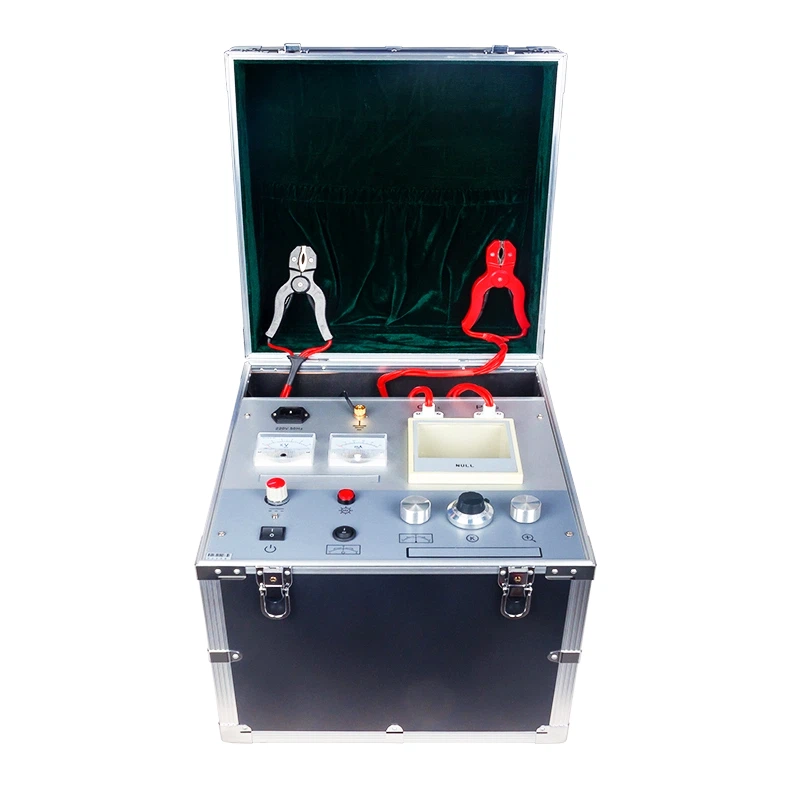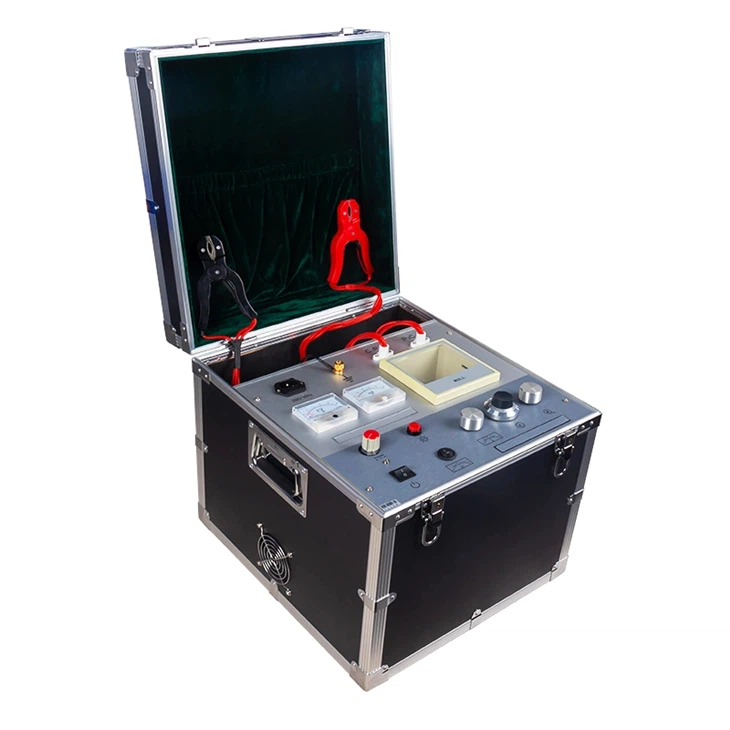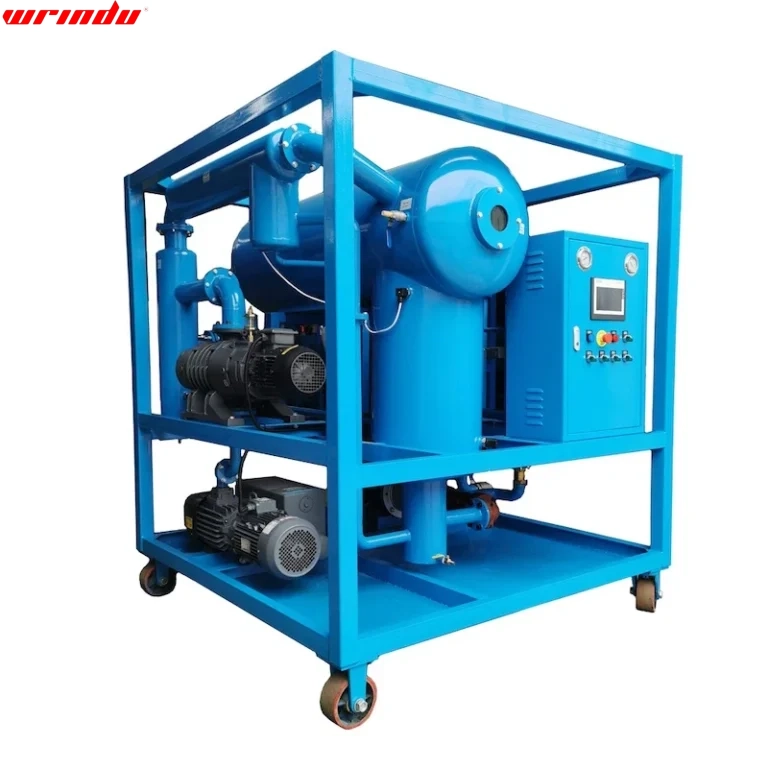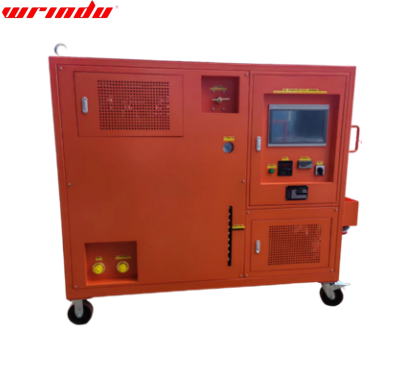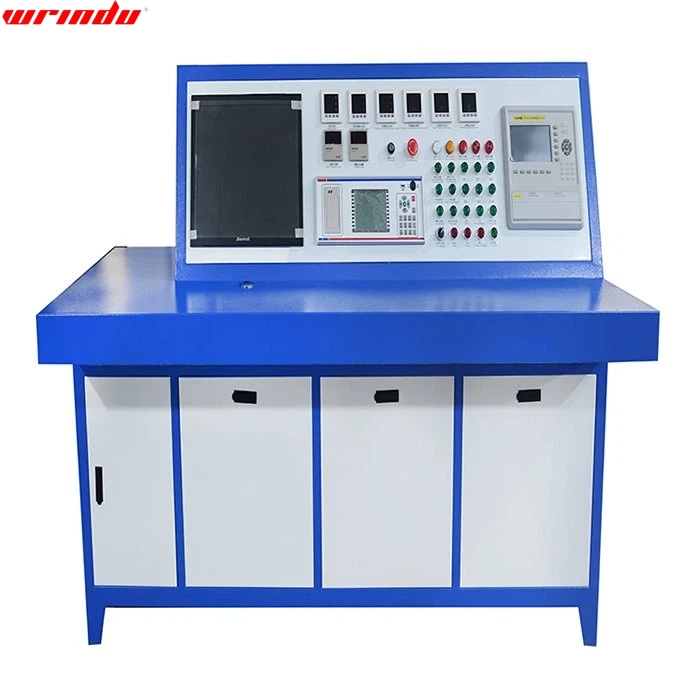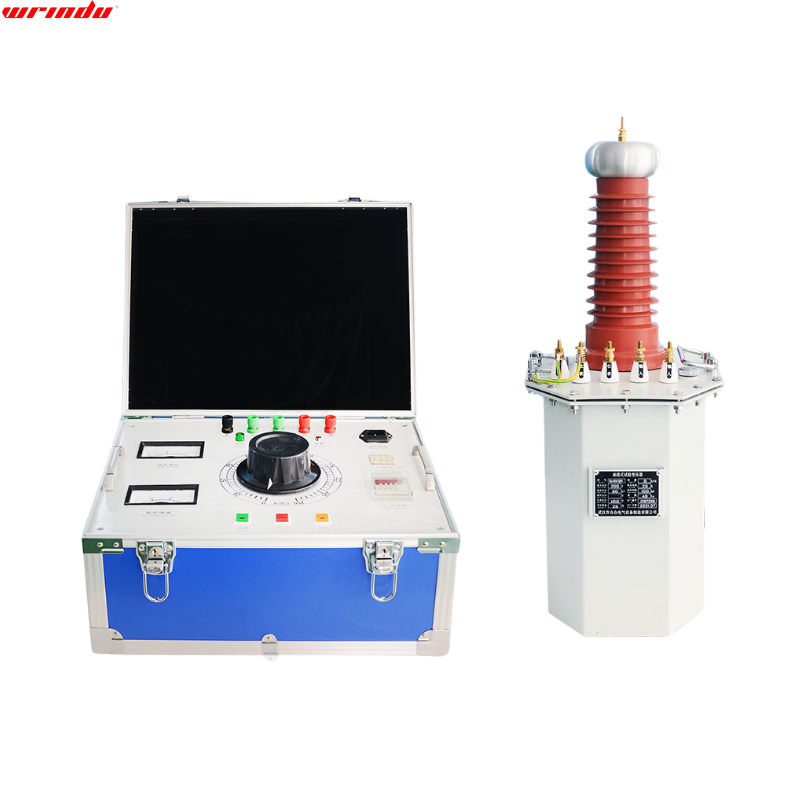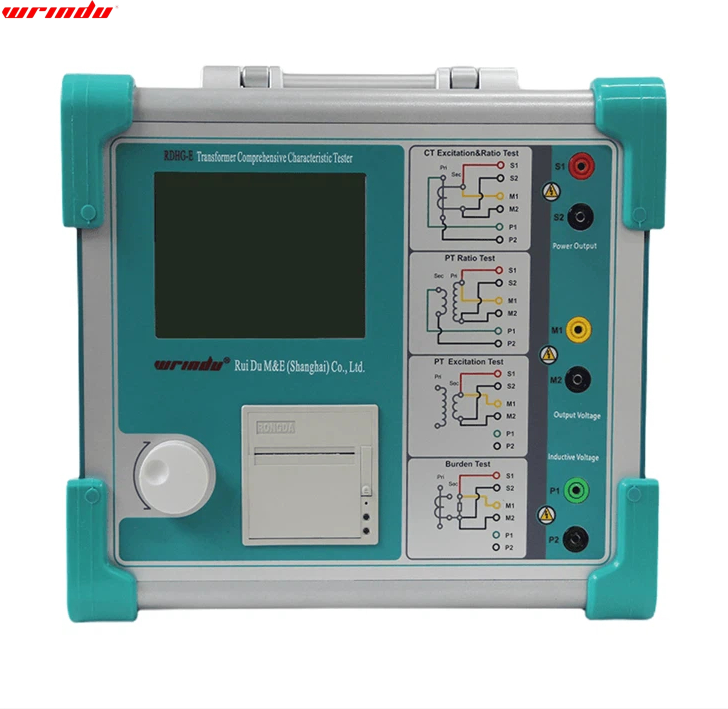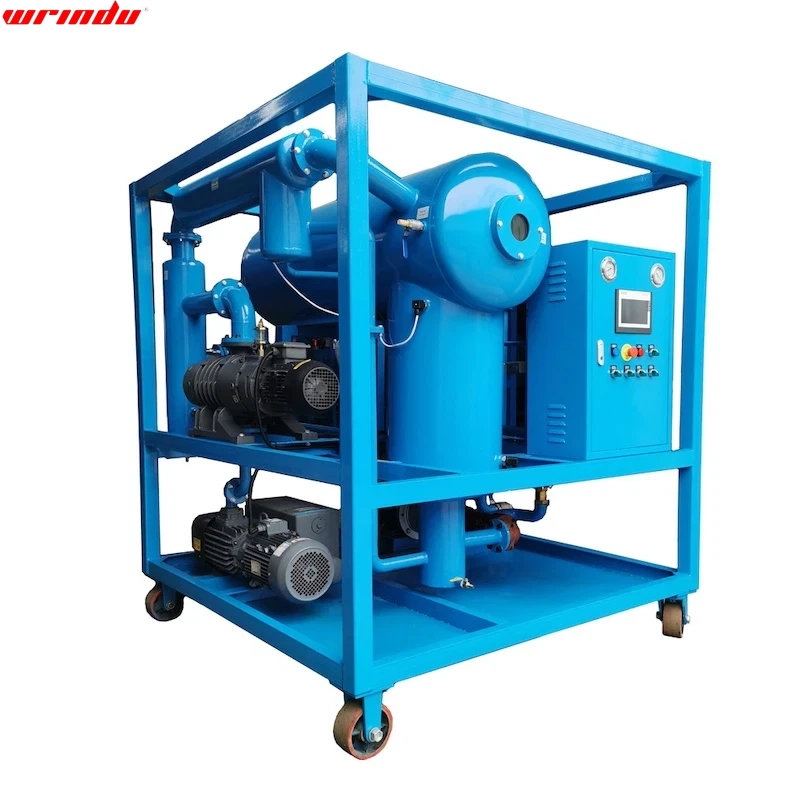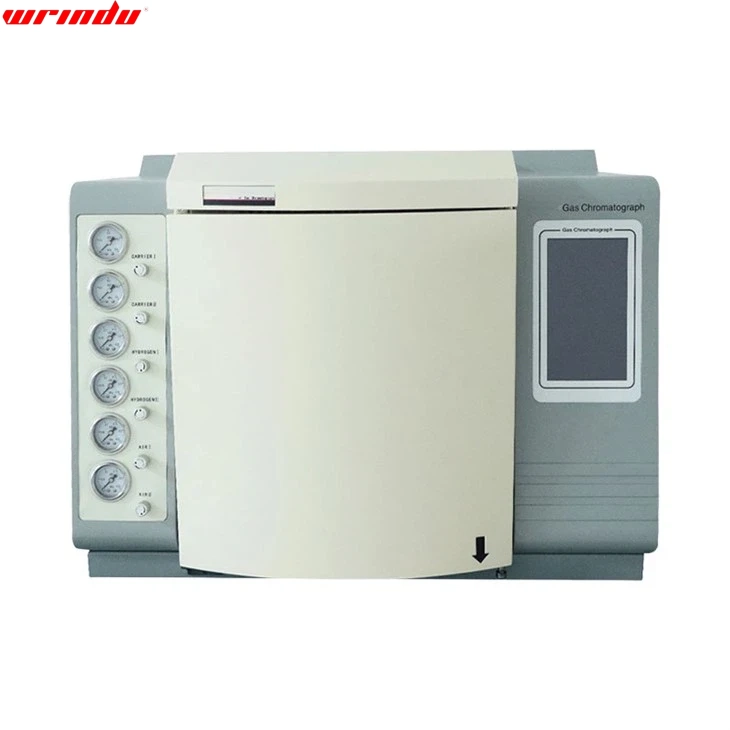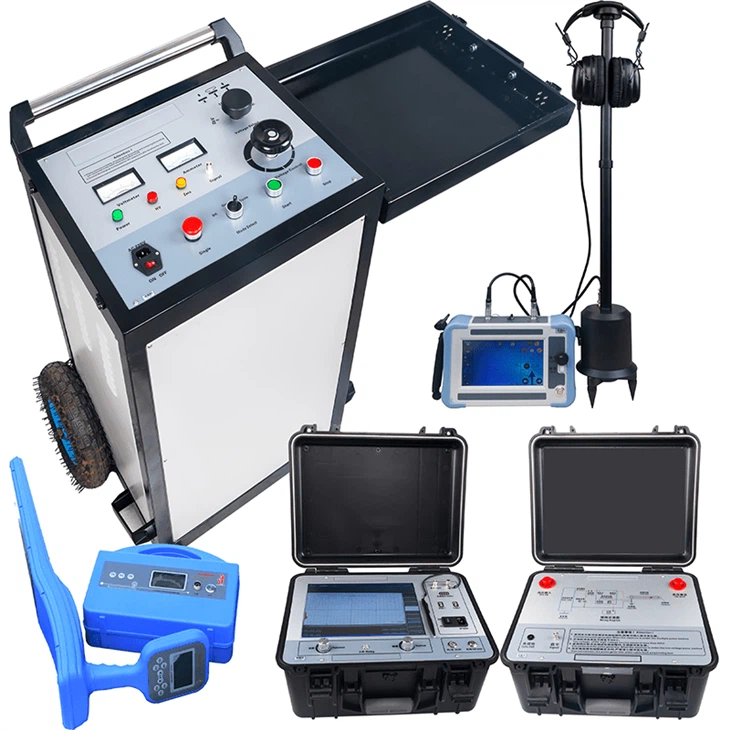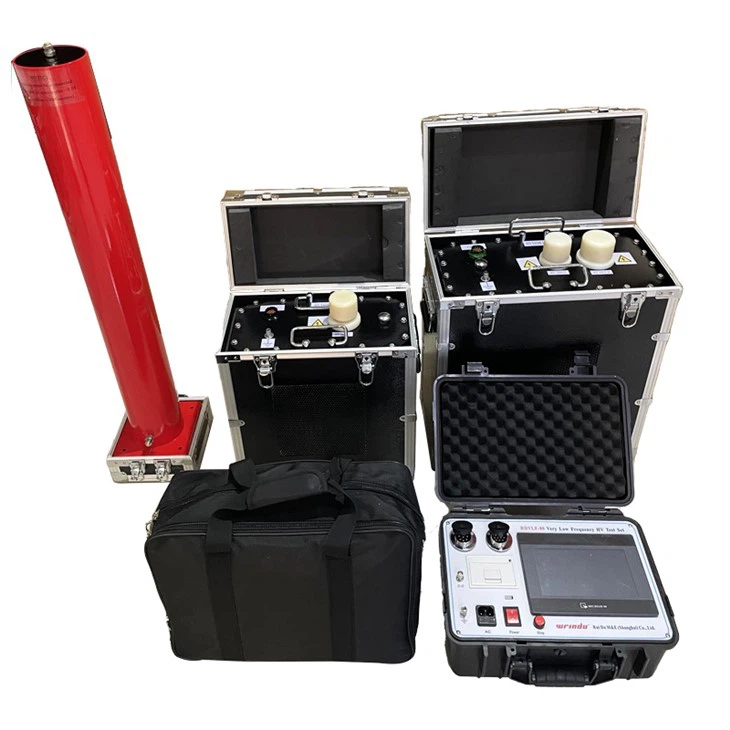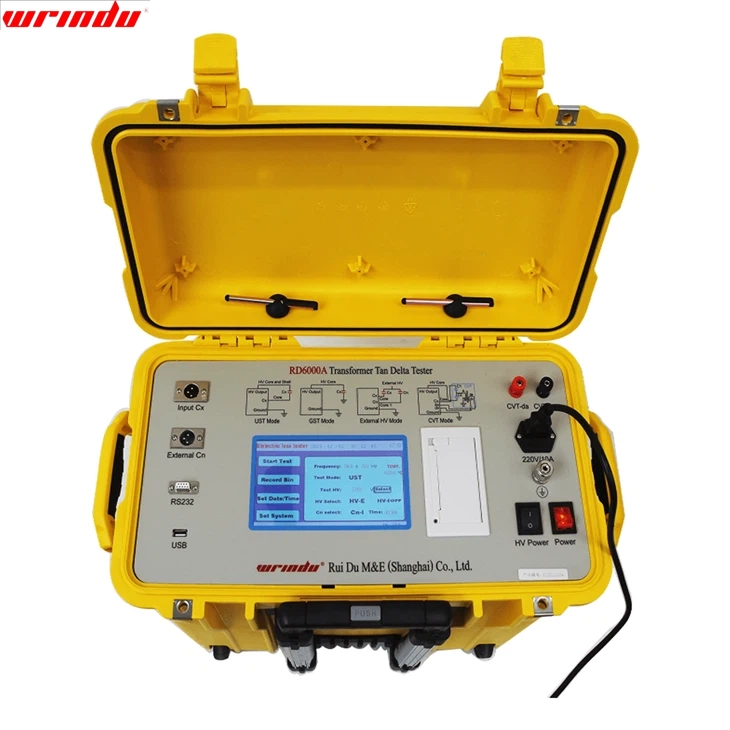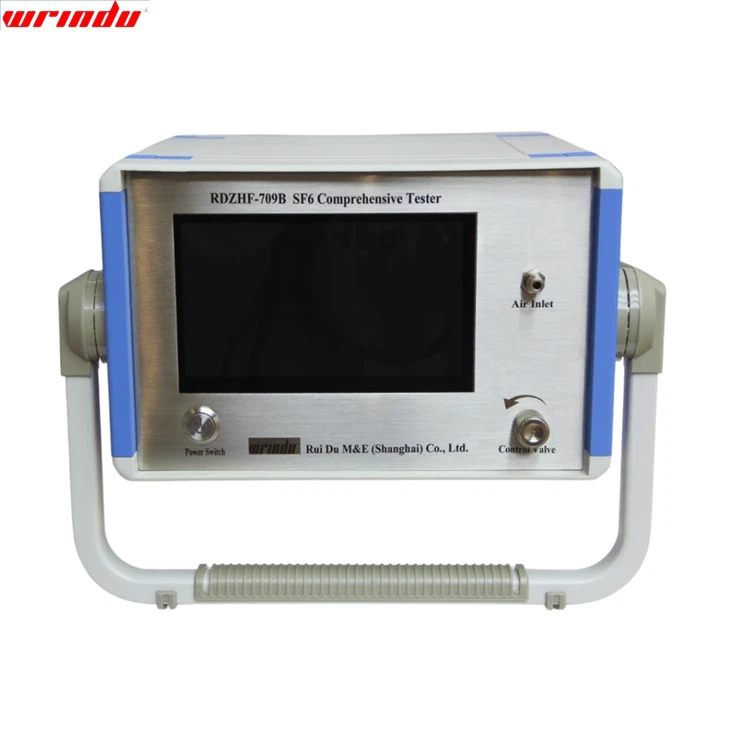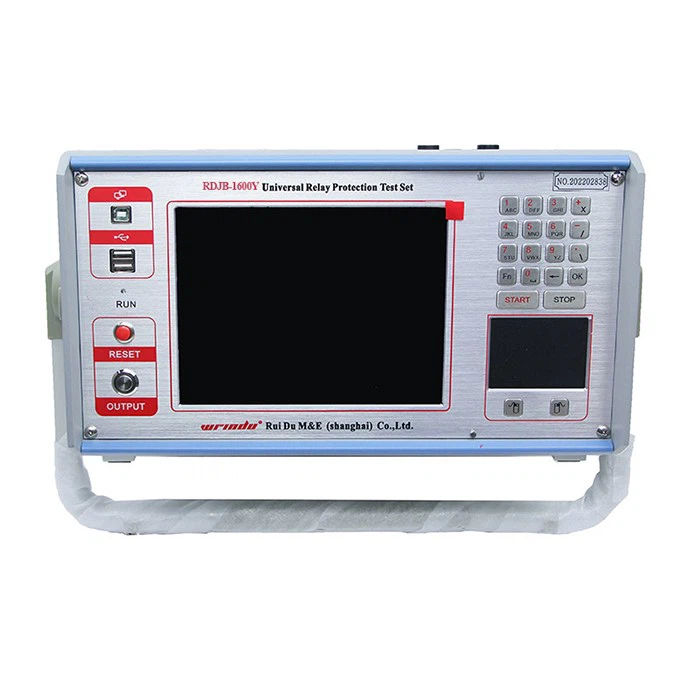OVERVIEW
The RDCD-521W Cable Outer Sheath Fault Tester is designed based on the MURRAY bridge principle, incorporating a high-voltage constant current source and bridge into a lightweight aluminum alloy casing. It is suitable for detecting high-resistance breakdown points in cables after installation, such as linear high-resistance breakdowns in intermediate joints and flashover-type breakdown points. The device is easy to operate, lightweight, and ensures safe usage. This Cable Outer Sheath Fault Tester is particularly effective in identifying insulation defects with low resistance that do not lead to breakdown under operational voltage.
CHARACTERISTIC
- Output voltage adjustable
- No blind spots within the testing range
- High accuracy and stability
- High-sensitivity amplifiers and galvanometers to indicate balance
- Zero position protection
FAQ
Q: How does a cable fault detector work?
A: A cable fault detector works by sending a test signal through a cable and analyzing the returned signal to identify faults like breaks or cuts. The device determines the fault’s location and type by interpreting changes in the signal characteristics, providing information for efficient cable maintenance and repair.
Q: What is a cable fault?
A: A cable fault is any deviation or damage in an electrical cable from its normal condition, encompassing issues like breaks, insulation damage, or sheath faults. These abnormalities can disrupt signal or power transmission, emphasizing the importance of timely detection and resolution to ensure system integrity and prevent potential hazards.
Q: What are the three common cable faults?
A: The three common cable faults are open circuit faults (break in continuity), short circuit faults (unintended connection), and insulation faults (deterioration leading to leakage or loss of insulation resistance). Detecting and addressing these issues promptly is essential for maintaining electrical system performance and safety.
Q: How does the underground cable fault distance locator work?
A: An underground cable fault distance locator, employing Time Domain Reflectometry (TDR), works by sending a signal into the cable. The system measures the time it takes for the signal to travel to a fault and back, using this information to calculate and display the distance to the fault. This technology efficiently identifies the location of underground cable faults.
APPLICATION






